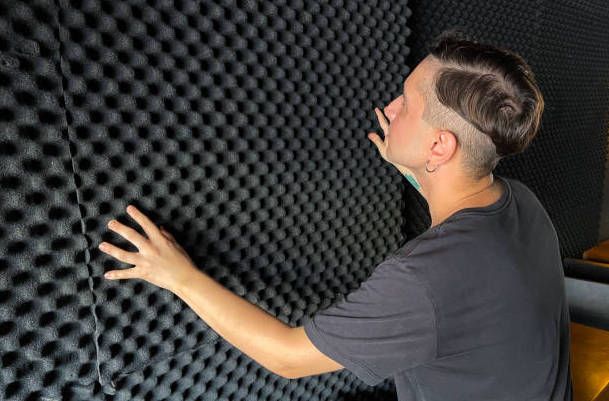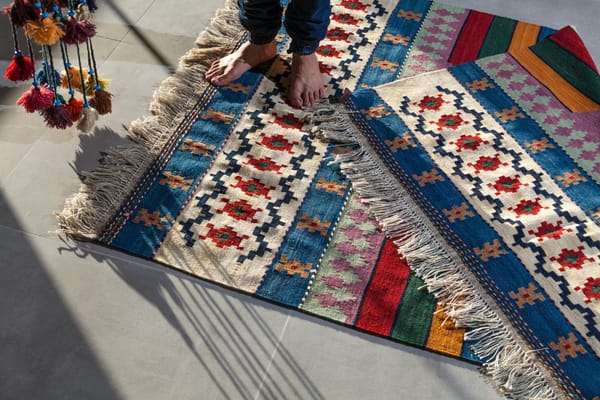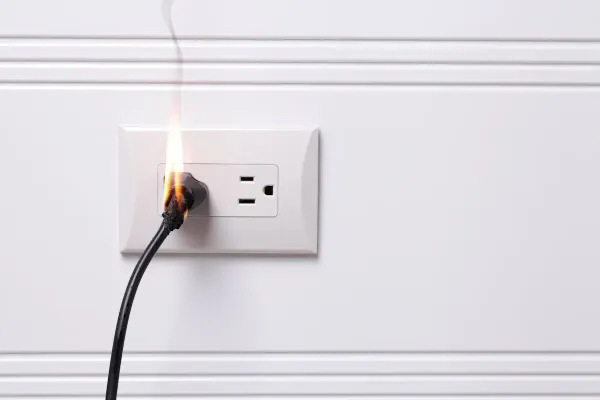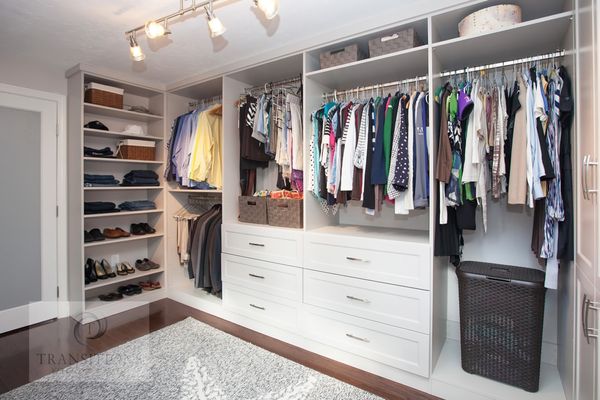Whether you live in a small apartment in the city or a large house in the suburbs, soundproofing rooms in your home can help create a low-stress environment or make your home a great place for remote work.
Soundproofing doesn't have to be expensive or complex. These DIY approaches can make a big difference at a relatively low cost. Below we review various materials that can be used for walls, ceilings and floors. By targeting the loudest areas, you can address the locations that are responsible for noise pollution.
How to Soundproof a Room
There are two approaches to soundproofing - sound reduction and absorption.
1) Sound reduction
Limits or stops sound from entering a space from outside. Sound reduction will help keep your space free outside noises such as outside conversations, road noise, music, vehicles, etc.
2) Sound absorption
Stops sound that is originating from inside a space. Absorption can prevent sound from echoing and reverberating. For example, absorption techniques could be useful for trapping sound from leaving a home office so you didn't disturb a sleeping baby.
Room Soundproofing Tips
There are a few great ways that you can soundproof your walls. Obviously, new construction walls are the easiest to soundproof, but rest assured, you can also still soundproof walls that have been in place for decades. Here are some approaches you can take:
1. Add Soundproofing Materials to the Surface of Your Walls
Adding mass is one of the simplest methods to absorb sound or block sound from being transferred. Examples of soundproofing wall material includes:
- Foam rolls, sheets or panels
- Cotton batt material
- Acoustic wood or vinyl panels
- Spray foam (if you have access to interior wall/joist space)
- Acoustic window inserts
- Sound-dampening curtains
- Soundproof fiberglass (if you have access to interior wall/joist space)
The process of adding materials such as the above items will help reduce the transmission of unwanted sounds from adjacent rooms or from outside the building.
Depending on the material and application, you can nail, screw, tape or adhere soundproofing material to bare studs during construction, or apply it to existing drywall using adhesive backing. You can also apply the soundproofing material by attaching furring strips to drywall and placing the soundproofing material - then add a 2nd layer of drywall.
2. Sound Isolation Systems
Sound isolation systems are one of the most popular soundproofing methods available today. Sound usually travels between rooms along the studs shared between walls.
The system is easy to install, increases wall strength and provides excellent soundproofing quality.
3. Acoustic Panels
You may not have to break into your new or existing walls at all. If you’re looking for a simple soundproofing solution that’s easy on the budget, consider hanging acoustic panels.
Acoustic panels are sound-absorbing materials that capture sound waves as they bounce off your walls.
- Foam acoustic panels: These 12"x12" foam panels are our top pick on Amazon.
- Art acoustic panels: You don’t have to sacrifice aesthetics when soundproofing your home using visible solutions. We sell custom-made options, allowing you to choose the art printed onto the acoustic panel.
- Fabric-wrapped acoustic panels: Similar to our art acoustic panels, our fabric-wrapped acoustic panels allow you to choose a finish, size and configuration that complements your home’s aesthetic.
- Perforated acoustic wood panels: Our perforated acoustic wood panels combine soundproofing functionality and organic appearance. Choose between various finishes and textures, depending on your home’s aesthetic.
Acoustic panels are no-fuss ways to soundproof a room. And installation is a cinch! All you need is a soundproofing adhesive. Strategically place each acoustic panel around your space for the best results. Learn more about hanging acoustic panels by visiting our blog post.
4. Upgraded or Replacement Windows and Doors
If you want to prevent unwanted noise from outside, consider upgrading your windows to wood frame or fiberglass framed, double-pane windows with heavy trim and foam insulation. You can also make the windows smaller or close them in entirely - but, this will require exterior work on the house of course.
The same can be said for exterior doors and bedroom doors. You can improve soundproofing by adding a door sweep and or a foam door seal. If this isn't effective, you might consider replacing your door with a heavier material like wood or fiberglass to better dampen noise.
5. Soundproof Curtains
Soundproof curtains are a practical and affordable solution to reduce unwanted noise in your home or office. These curtains are made from heavy-duty, noise-blocking materials that are designed to absorb sound waves. They're perfect for use in spaces where noise is a problem, such as bedrooms, home theaters, and recording studios.
Soundproof curtains work by creating a barrier between the room and the outside environment. The materials used in the curtains are designed to absorb sound waves, which can help to absorb noise or block noise.
One of the main advantages of soundproof curtains is that they are easy to install and remove. They are available in a variety of sizes and styles to fit any window or room. They are also a cost-effective solution compared to other soundproofing options, such as acoustic panels or insulation.
Floor Soundproofing Tips
The fastest way to soundproof floors is to add one (or more rugs) in addition to a rug pad. This will help prevent the transfer of sound to the level below you.
If you need to do more extensive soundproofing, you'll need to remove the ceiling from the level below you (assuming you have access). You can also gain access to the floor joist by removing sections of flooring. Obviously, this is a big undertaking, but might be worth it to achieve a high degree of sound dampening.
Once you gain access to the floor joist, you can add insulation, foam or other material to achieve a sound dampening effect. You can also add a soundproof layer, or underlayment to the subfloor - which is typically a plywood or OSB (oriented strand board).
Finally, make sure that there aren’t any holes or gaps along the edge of the floor. If there are, fill them with caulk.
Conclusion
Our homes should be stress-free, peaceful places where we can rest and relax. As the world around us gets noisy, small adjustments to soundproof rooms can help restore a quiet calm in your life! While it may not be possible to make the room soundproof with zero noise, these tips will drastically reduce unwanted sounds.






